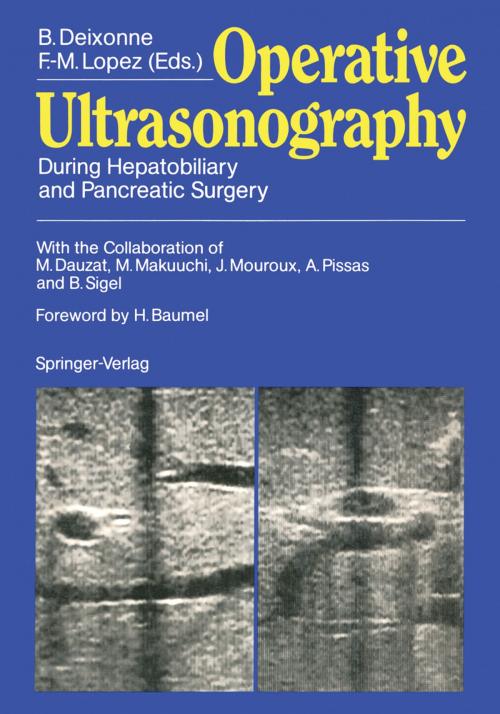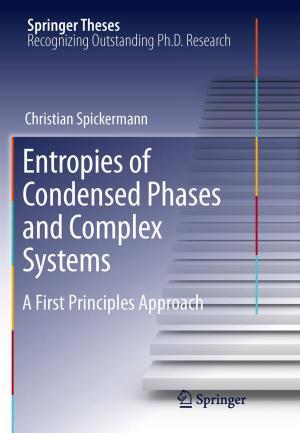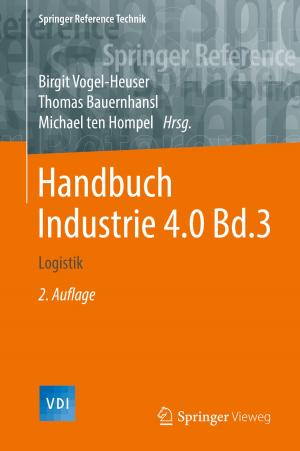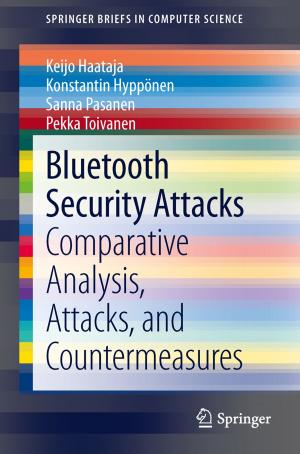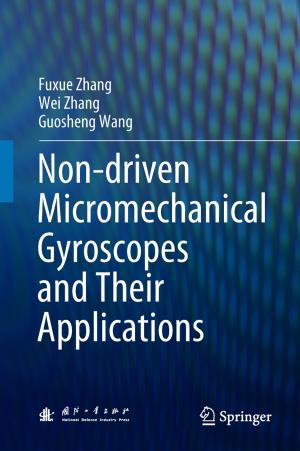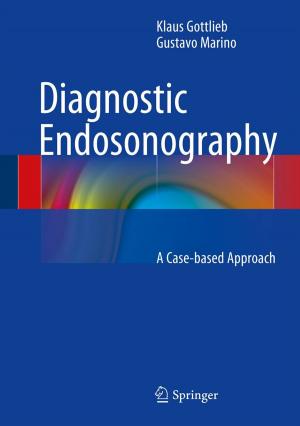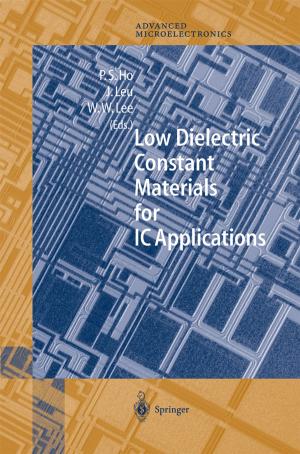Operative Ultrasonography
During Hepatobiliary and Pancreatic Surgery
Nonfiction, Health & Well Being, Medical, Specialties, Ultrasonography, Surgery| Author: | M. Dauzat, M. Makuuchi, J. Mouroux, A. Pissas, B. Sigel | ISBN: | 9783642955228 |
| Publisher: | Springer Berlin Heidelberg | Publication: | December 6, 2012 |
| Imprint: | Springer | Language: | English |
| Author: | M. Dauzat, M. Makuuchi, J. Mouroux, A. Pissas, B. Sigel |
| ISBN: | 9783642955228 |
| Publisher: | Springer Berlin Heidelberg |
| Publication: | December 6, 2012 |
| Imprint: | Springer |
| Language: | English |
Surgery an essentially manual exercise in its early days, has progressively grown richer in complementary techniques helping the surgeon to perfect his movements and increase efficiency. This is particularly the case with digestive surgery, which has been thoroughly transformed by radiology, endoscopy and extemporaneous examinations effected during surgical intervention. Such methods make it possible for surgeons to develop subtle nuances in operative techniques and to specify indi cations more and more precisely. Ultrasonography must now be included among such techniques. It supplements them and can sometimes even replace them. For these reasons, this work devoted to the use of ultrasound by the surgeon during surgical intervention is of great interest. Two general conditions had to be met before ultrasonography could be em ployed in abdominal surgery: the method and apparatus had to be adapted to its surgical utilization, and the surgeon had to adapt to a nonsurgical technique. The first condition has been fulfilled for all purposes. Intraoperative sonograms can be generated at a very high rate and are proving to be more and more useful. The miniaturization of probes permits their application almost everywhere with opti mal results. Of course, the costs are still high, but one can expect them to decrease.
Surgery an essentially manual exercise in its early days, has progressively grown richer in complementary techniques helping the surgeon to perfect his movements and increase efficiency. This is particularly the case with digestive surgery, which has been thoroughly transformed by radiology, endoscopy and extemporaneous examinations effected during surgical intervention. Such methods make it possible for surgeons to develop subtle nuances in operative techniques and to specify indi cations more and more precisely. Ultrasonography must now be included among such techniques. It supplements them and can sometimes even replace them. For these reasons, this work devoted to the use of ultrasound by the surgeon during surgical intervention is of great interest. Two general conditions had to be met before ultrasonography could be em ployed in abdominal surgery: the method and apparatus had to be adapted to its surgical utilization, and the surgeon had to adapt to a nonsurgical technique. The first condition has been fulfilled for all purposes. Intraoperative sonograms can be generated at a very high rate and are proving to be more and more useful. The miniaturization of probes permits their application almost everywhere with opti mal results. Of course, the costs are still high, but one can expect them to decrease.
